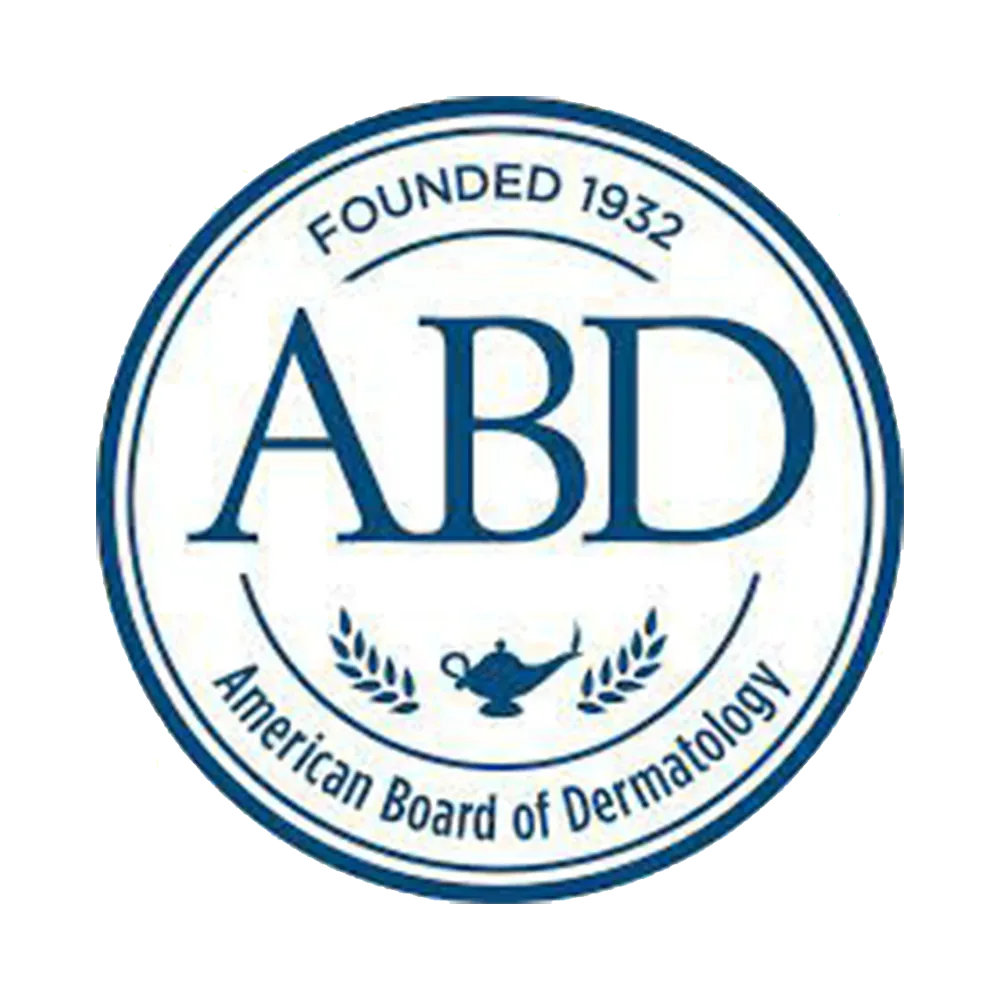Alopecia Handout
Alopecia Handout
Minoxidil 5%: Apply daily. Use this first then follow with one of the following:
– Triamcinolone ointment: Apply daily
– Betametasone lotion: Apply daily
– Clobetasol foam: Apply daily
– Clobetasol solution: Apply daily
– Fluocinolone drops: Apply daily
– Spironolactone: Take in the morning
– Finasteride: Take daily
– Minoxidil: Take daily
– Please note that it may take 3 to 4 treatments to start seeing results, and continuous treatments are necessary to maintain these results.
– You may notice an increase in shedding of hair during the first 4-6 weeks of treatment. This is normal and part of the treatment process.
Remember, adherence to the prescribed regimen is crucial for achieving the best results. If you have any concerns or questions, don’t hesitate to call or email us – we’re here to assist you on your hair care journey!


